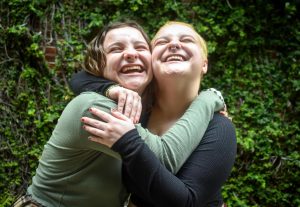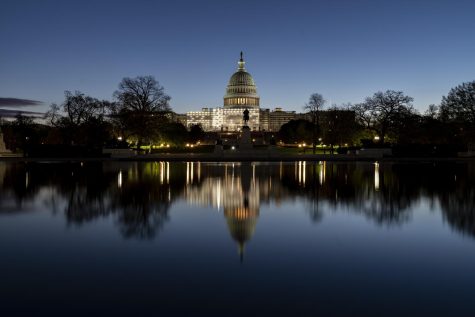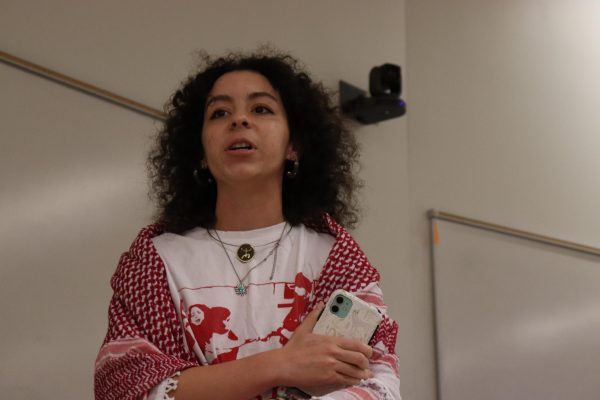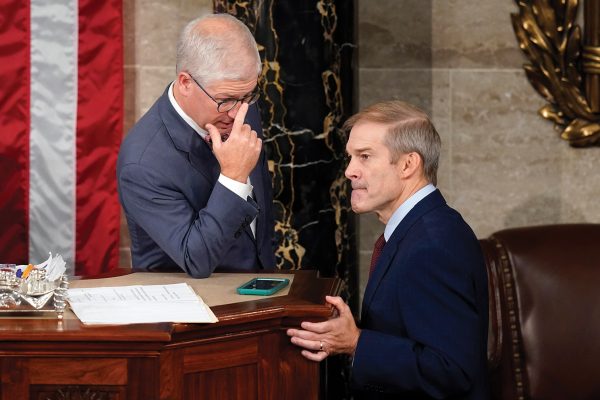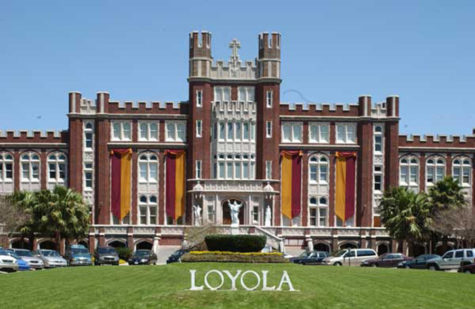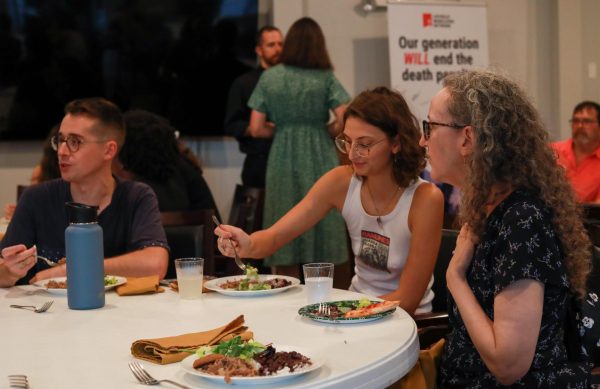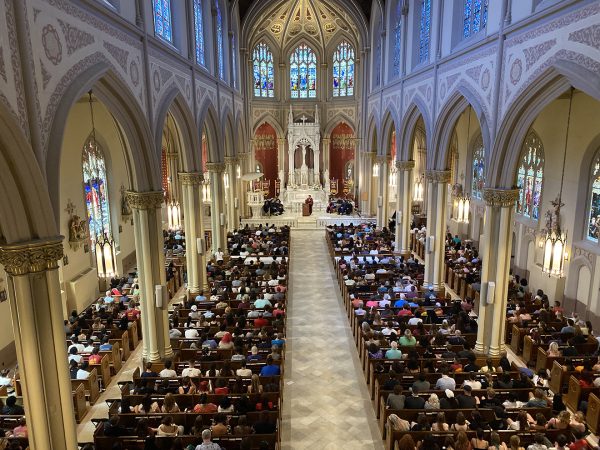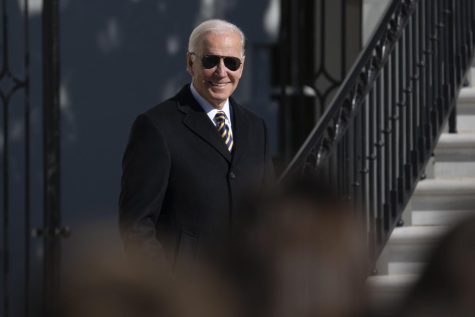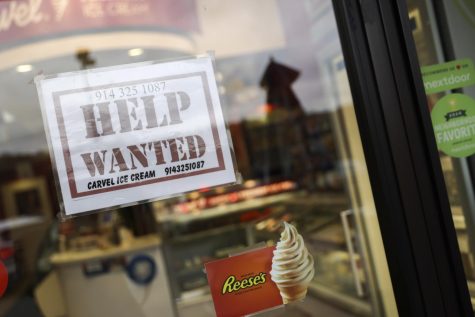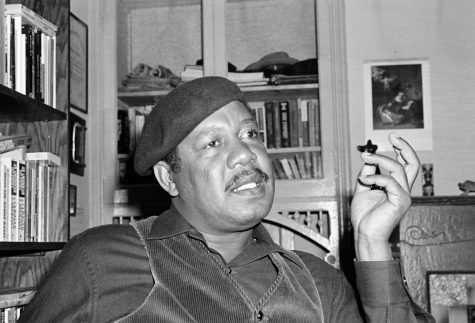Tensions in Baltimore calm down after curfew
A man is arrested for violating the curfew Tuesday, April 28, 2015, in Baltimore. A line of police behind riot shields hurled smoke grenades and fired pepper balls at dozens of protesters to enforce a citywide curfew.
May 1, 2015
BALTIMORE (AP) — Schools reopened across the city and tensions seemed to ease Wednesday after Baltimore made it through the first night of its curfew without the widespread violence many had feared.
With 3,000 police and National Guardsmen keeping the peace and preventing a repeat of the looting and arson that erupted on Monday, April 27 the citywide, 10 p.m.-to-5 a.m. curfew ended with no reports of disturbances.
Baltimore’s school system opened and after-school sports and other activities were set to resume. Monday’s riots began when high schools let out for the day and students clashed with police near a major bus transfer point.
Activists stressed that they will continue to press for answers in the case of Freddie Gray, the 25-year-old black man whose death from a spinal-cord injury under mysterious circumstances while in police custody set off the riots.
A few dozen protesters gathered outside the office of Baltimore’s top prosecutor to demand swift justice. Organizers say they are rallying in support of State’s Attorney Marilyn Mosby, who took office in January and pledged during her campaign to address aggressive police practices.
Mosby’s office is expected to get a report from police on Friday, May 12. She will then face a decision on whether and how to pursue charges against the six police officers who arrested Gray.
In an interview broadcast Wednesday on “The Steve Harvey Morning Show,” President Barack Obama said the riots show that police departments need to build more trust in black communities.
The president also said underlying problems such as poor education, drugs and limited job opportunities must be addressed.




